Types of Grass
Factors for Selecting the Best Grass Type
When it comes to selecting the right grass type, there are several factors that are worth considering to ensure that you’re choosing the right grass for your lawn, whether that be Fescue, Couch or the popular Buffalo.
Factors that must be considered when researching types of grass include:
- Soil: what type of soil is your home built on?
- Rainfall: How much rainfall does your area receive?
- Temperature: What temperatures does your area experience yearly?
- Use: Will the lawn be mainly aesthetic or used by children and pets frequently?
These factors and more will guide you in creating the perfect lawn.
Popular Grass Types in Australia
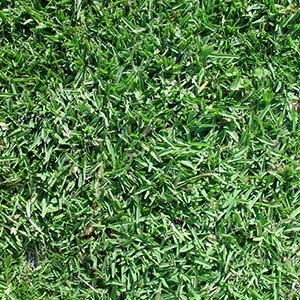
Buffalo Grass
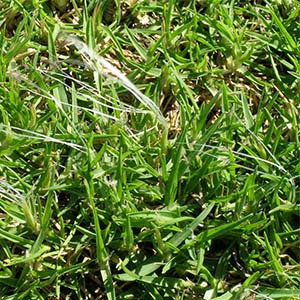
Kikuyu Grass
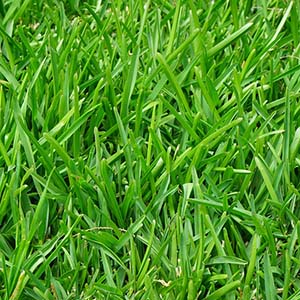
Fescue Grass
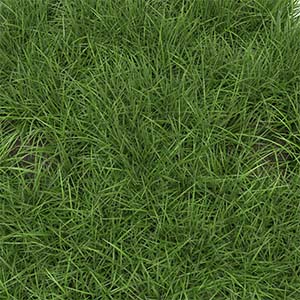
Ryegrass Grass
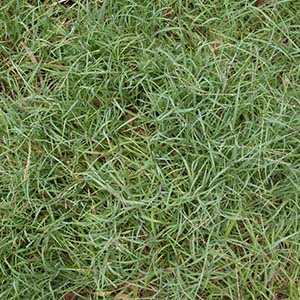
Blue Couch Grass
Warm Season & Cold Season grasses
Australia obviously has far more warm climate areas than cool, but there are plenty of grass types to choose from in each category.
Warm season grasses grow best with full sun at temperatures between 27° and 30° C.
The most popular lawn varieties include couch, kikuyu, buffalo and Queensland blue couch.
Cool season grasses on the other hand are suitable for cooler areas where the temperature ranges from 16° to 24° C and can tolerate partial shade. The most common species include bent, fescues and ryegrass.
The main differences between cool season and warm season grasses is how they grow & behave, warm season grasses such as buffalo grass can grow by seed as well as runners whereas cool season grasses such as fescue grass must be planted from seeds.
Warm season grasses such as couch grass & kikuyu grass, due to having runners can also spread rather easily, this means that they can heal themselves quickly if the lawn is used regularly but means you have to regularly check if the grass is creeping onto foot paths and other unwanted areas.
Cool season grasses do not have runners as mentioned which means while they don’t invade unwanted areas like warm season grasses, they take more effort to repair, either through re-seeding or re-turfing the area.
Cool season grasses also require higher mowing heights due to slower growth and the possibility of attracting weeds or disease. Warm season grasses can be mowed lower without risking the health of the lawn
For more lawn care tips, please see our summer survival tips HERE.
Regional Grass Type Suggestions
The chart below provides you with some good suggestions for the type of grass species that will perform well in your part of Australia, and important consideration when choosing the right grass for your lawn.
Remember these factors to consider when picking out the best type of grass for your area:
- How much sun/shade does your yard have?
- What type of soil does your yard have? Different types have different needs.
- How much rainfall does your area receive?
- How much will your lawn be used? e.g. kids, pets etc
Remember: our grass type suggestions are for those of us who consider themselves to be average to good gardeners. Keen gardeners should also seek out advice from garden centres and nurseries.
Ideal Grass Type Chart
| Where You Live | For Extensive Shading | For Sun |
|---|---|---|
| Adelaide | Tall Fescue | Fescue Kentucky Bluegrass Couch |
| Brisbane | Buffalo Creeping Fescue Tall Fescue | Qld Blue Couch Couch |
| Canberra | Tall Fescue Ryegrass | Tall Fescue Ryegrass |
| Darwin | Couch Carpet Grass | Bahia Grass Couch |
| Melbourne | Ryegrass Bluegrass Tall Fescue | Fescue Ryegrass Couch |
| Perth | Tall Fescue Ryegrass | Couch Saltwater Couch |
| Sydney | Fescue Ryegrass Couch | Buffalo Kikuyu Couch |




